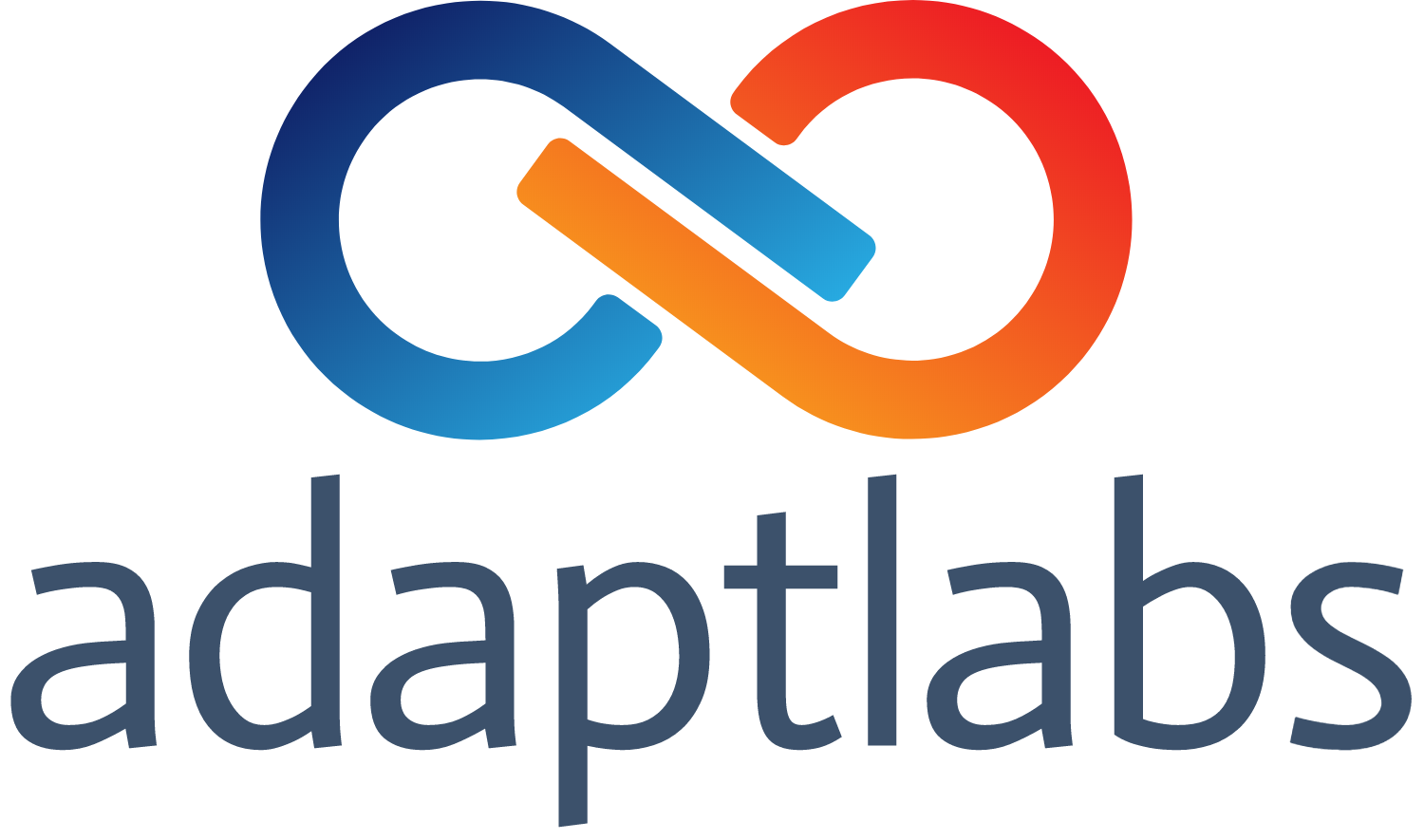Tools and Techniques for Managing Multidisciplinary Teams
Introduction
Embracing the Challenge of Diversity
The dynamic landscape of managing multidisciplinary teams demands not only a deep understanding of diverse skill sets but also an ability to effectively synergize these talents towards common goals. Navigating through this complexity requires a blend of well-chosen tools and tailored techniques that can turn potential challenges into opportunities for innovation and growth.
1. Leveraging Agile Project Management Tools
Selecting the Right Tools for Your Team
Choosing the most suitable Agile project management tool is crucial in streamlining tasks and enhancing team collaboration. Tools like Jira are ideal for complex project tracking, Trello for visual task management, and Asana for integrated workflow management. These tools should align with your team's operational style, offering functionalities that simplify project tracking and foster a collaborative environment.
Streamlining Project Management
Effective use of these tools can lead to more streamlined project management, allowing for real-time tracking of progress and better resource allocation. This ensures that each team member is on the same page and contributes efficiently towards project milestones.
2. Fostering Open Communication
Essential Communication Platforms
Digital communication platforms are pivotal in bridging the gap caused by physical distance or different working hours. They facilitate a transparent environment where information flows freely, ensuring that no team member is left out of the loop.
Cultivating an Open Dialogue Culture
Promoting a culture of open dialogue, where team members feel comfortable sharing insights and feedback, leads to more innovative solutions and a cohesive team dynamic. This level of openness in communication encourages a deeper understanding of diverse perspectives and nurtures a strong team bond.
3. Regular Stand-Up Meetings
Keeping the Team Aligned Daily
In Agile environments, daily stand-up meetings act as a pulse-check for the team. These quick, focused meetings are designed to update everyone on individual progress, discuss immediate blockers, and plan for upcoming tasks. They are essential in maintaining the momentum of the project and ensuring that everyone is aligned with the day’s priorities.
Enhancing Collaboration and Problem-Solving
These meetings also provide a platform for brainstorming and collaborative problem-solving. By addressing challenges as a team, members can pool their diverse expertise to find effective solutions, fostering a collaborative and supportive work environment.
4. Visualizing Workflows
The Benefits of Kanban Boards
Kanban boards offer a clear, visual representation of the project's workflow. By visualizing tasks in various stages of completion, teams can quickly identify bottlenecks and areas that require more attention. This helps in efficiently coordinating efforts and managing the team’s workload.
Streamlining Workflows for Enhanced Productivity
The visual nature of Kanban boards simplifies the process of tracking and managing tasks. It enhances team productivity by providing a shared understanding of work progress and facilitating easier adjustments to workflows as needed.
5. Retrospectives for Continuous Improvement
Reflecting and Growing Together
Retrospectives are a critical component in Agile methodologies. They provide a structured way for teams to reflect on the recent cycle of work, discussing what was successful and what could be improved. This regular practice of reflection encourages a mindset of continuous growth and adaptation.
Building a Culture of Continuous Learning
Through retrospectives, teams can collaboratively identify areas for process refinement, explore new strategies, and commit to actions that enhance their future performance. This ongoing process of learning and improvement is essential for keeping the team agile and responsive to changing project needs.
6. Encouraging Cross-Skilling
Promoting a Learning Culture
In a multidisciplinary setting, promoting cross-skilling – the practice of learning skills outside one's primary area of expertise – is invaluable. It not only enhances the overall capability of the team but also fosters a deeper understanding and appreciation of different roles within the team.
Benefits of a Skilled and Versatile Team
A team where members have a broad skill set is more adaptable and resilient. Cross-skilling leads to a more collaborative and flexible team dynamic, where members can effectively cover for each other and approach problems from various angles.
7. Utilizing Collaboration Platforms
Tools for Enhanced Team Collaboration
Collaboration platforms like Google Workspace or Microsoft 365 are transformative in how teams work together. They facilitate seamless collaboration on shared documents, presentations, and spreadsheets, enabling team members to contribute and edit in real-time, regardless of their location.
Boosting Efficiency and Team Synergy
These tools are not just about sharing files; they represent a new way of collaborative working that breaks down silos. They encourage a more integrated approach to project development, where ideas and feedback are shared openly, leading to more cohesive and well-rounded outcomes.
8. Conflict Resolution Techniques
Constructive Management of Disagreements
Conflict resolution skills are essential in a diverse team. Techniques like mediation or negotiation can help transform potential conflicts into opportunities for constructive dialogue and problem-solving.
Fostering a Collaborative Resolution Environment
Creating a safe space for open discussion helps in resolving conflicts in a way that respects different viewpoints and finds a middle ground. This approach ensures that conflicts become a source of growth rather than a setback for the team.
Conclusion
Mastering Multidisciplinary Team Management
Successfully managing a multidisciplinary team involves more than just coordinating tasks; it’s about fostering a culture of open communication, continuous improvement, and collaborative problem-solving. By leveraging these tools and techniques, team leaders can guide their diverse teams to greater heights of innovation and efficiency, ensuring successful project outcomes in today’s fast-paced, Agile work environments.
Managing a multidisciplinary team requires a fine balance between coordination and giving team members the autonomy they need. By leveraging these tools and techniques, you can create a harmonious, productive environment that is primed for success.
Rich Carter
Agile Coach and Scrum Master

